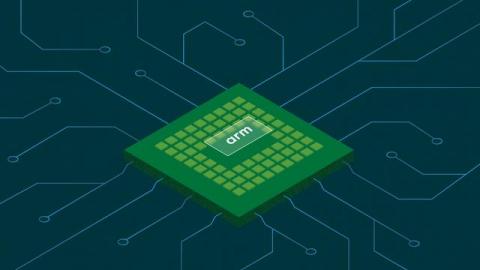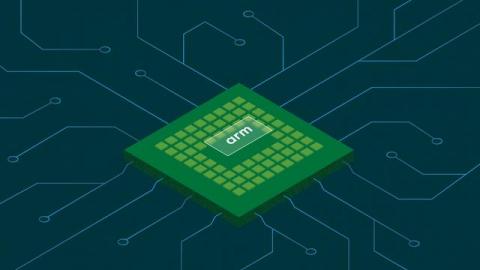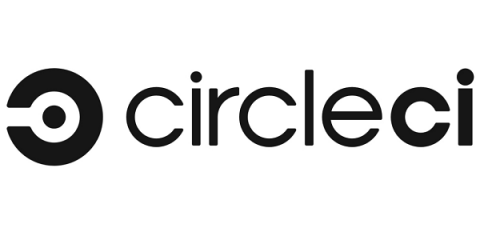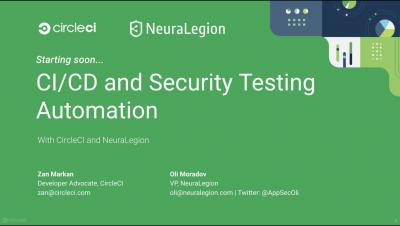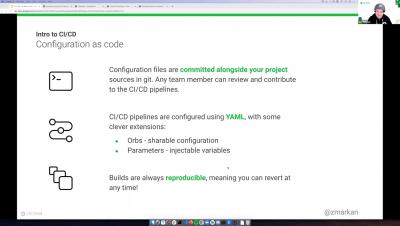Operations | Monitoring | ITSM | DevOps | Cloud
March 2021
CircleCI Extends Arm Support to its CI/CD Cloud Offering
Managing CI/CD pipelines with Arm compute resource classes
CircleCI has released new Arm-based compute in preview. Arm processors and architectures are becoming widely available as development teams adopt them as compute nodes in many application infrastructures. Organizations that need to run microservices, application servers, databases, and other workloads in a cost-effective way will continue to turn to the Arm architecture.
Continuous integration for React Native applications
Apache Cordova, since its release in 2009, has created a paradigm shift for mobile application development. Before Cordova, only developers who knew platform dedicated languages for a particular type of mobile operating system could develop native mobile applications. There was Objective-C for developing iOS apps, or Java for Android apps and platforms like Blackberry. Windows Phone also had languages dedicated to building their mobile applications.
How to help your team thrive in times of change
March 1, 2020, was a Sunday. I was getting ready for a work trip to San Francisco. Just before heading to the Berlin airport, I checked my phone. There was a text from my boss: Hey Lena, trying all channels. Don’t fly. I didn’t fly that day and I haven’t flown since. Two days later, as planned, I went from interim to permanent VP of Product Engineering at CircleCI. At the same time, Europe was going into lockdown, then the world went into lockdown.
Automating key rotation for CI/CD pipelines
With the new Contexts API release, developers can save their team valuable time while enhancing security practices. We know maintaining your organization’s security is crucial. There is the need to meet strict compliance guidelines, such as FedRAMP and GDPR, and what seems to be an increasing number of breaches, like the compromise of over 150,000 video security cameras as a result of a targeted Jenkins server.
CircleCI introduces server 3.x to bolster security, compliance for enterprise engineering teams
Introducing server 3.x: enterprise-focused Kubernetes for self-hosted CircleCI installations
Server 3.x, which is now available to all CircleCI customers, was designed to meet the strictest security, compliance, and regulatory restraints. This self-hosted solution can scale under heavy workloads, all within your team’s Kubernetes cluster on your private network, but with the dynamically scaling cloud experience of CircleCI. Offering an exceptional on-premise service means keeping that service up-to-date with the latest releases.
Scaling my application: am I ready?
Most applications begin with a small to medium-sized user base. Even with migration projects, you would not immediately open your new application to the entire existing user base. Instead, you would first test with some internal users, then open up to early adopters. Nevertheless, if your application is successful, at some point you will face the need to scale it. Nevertheless, if your application is successful, at some point you will face the need to scale it.
Leading Your Team to DevOps Maturity
Software testing is a key factor in shipping reliable, high-quality code.
CI/CD and Security Testing Automation with CircleCI and NeuraLegion
Publishing a Python package
For many software engineers and developers, using standard libraries or built-in objects is just not enough. To save time and increase efficiency, most developers build on work done by others. Whatever the coding problem, there is likely another programmer who has already created a solution for it. There is usually no need to repeat the problem-solving process. This principle is known as Do not Repeat Yourself or DRY.
CircleCI 101 3/10/21
Forbes names CircleCI to America's Best Startup Employers list
Our team at CircleCI has been hard at work this past year. From rolling out major product additions like CircleCI Insights and private orbs, along with educational resources like our developer hub and State of Software Delivery Report that includes the first CI/CD benchmarks for high-performing engineering teams, it seems like every day there is something new to look forward to. All of this has taken place during unprecedented times for everyone across the globe.
Deploying applications to Kubernetes from your CI pipeline with Shipa
Kubernetes can bring a wide collection of advantages to a development organization. Properly using Kubernetes can significantly improve productivity, empower you to better utilize your cloud spend, and improve application stability and reliability. On the flip side, if you are not properly leverag Kubernetes, your would-be benefits become drawbacks. As a developer, this can become incredibly frustrating when your focus is on delivering quality code fast.
Continuous integration for a Bazel Android project
Bazel (pronounced like the tasty herb: “bay-zell”) is an universal build tool developed by Google. Some notable companies like Twitter and projects like the Android Open Source project have migrated to Bazel. In this tutorial, you will learn how to build a Bazel Android project and set it up for continuous integration with CircleCI. We will wrap up by automatically running tests and producing a binary APK file. In addition to the written guide there is a working sample project.
Challenges of growth engineering in a DevOps company
Growth engineering is a practice in which product, engineering, and design support a company’s growth efforts from within the product itself. Growth engineering has gained traction in consumer-facing companies. This practice has gained plenty of traction in the SaaS world over the last decade, to help support growth of self-serve users who often purchase services without the involvement of traditional sales teams.
How to get started with CircleCI for Mobile
What is a CircleCI runner?
To learn more about the CircleCI runner, visit: https://academy.circleci.com/runner-course/704320/scorm/38u8egtp3x93c



